Women in Engineering is a term that has been bandied about rather a lot in recent years. It’s come to such prominence because we need more of them, basically.
The statistics speak for themselves. In research carried out by the Women’s Engineering Society (WES), only nine per cent of the engineering workforce is female and a mere 15.8 per cent of engineering and technology undergraduates in the UK are female.
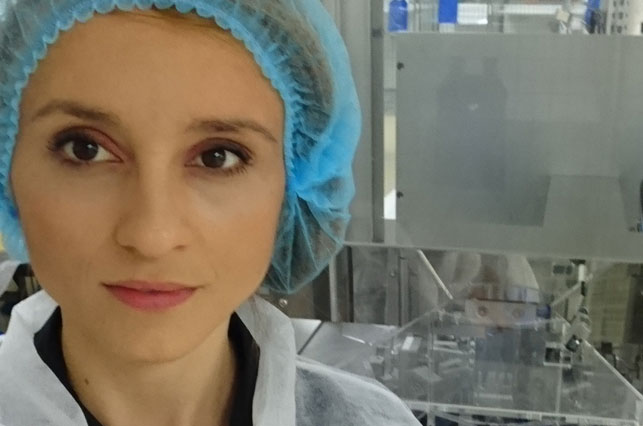
“I was working round the clock with some very talented engineers to overcome technical challenges. It was tough but we did it and ended up literally pulling the machine in with our own hands. It was a fantastic day” – Rachel Nagy, R&D manager, Owen Mumford
One of the reasons why organisations such as WES bang on about it so much is not just to prove that females are as capable as males in engineering roles but to essentially help swell the engineering workforce because it’s desperately needed. According to the Institution of Engineering and Technology (IET), the UK needs to find 1.82 million new engineers by 2022.
Similarly, in the Royal Academy of Engineering’s 2015 report ‘Engineering for a Successful Nation’, 64 per cent of engineering employers say a shortage of engineers in the UK is a threat to their business.
So, with boys more inclined to follow an engineering career, the focus has to be on getting girls interested and inspired to follow this path too. With this in mind, two years ago WES decided to dedicate a day to raising the profile and celebrating the achievements of women in engineering and called it National Women in Engineering Day (NWED).
“On 23 June WES wanted to focus attention on the great opportunities for women in engineering, at a time when it has never been more important to address the engineering skills shortage,” says Dawn Bonfield, chief executive of WES and founder of NWED.
“By encouraging girls into engineering careers we will not only be increasing diversity and inclusion – a business imperative – but enabling us to fill the substantial future job opportunities that have been predicted in this sector.”
Enigneering is varied
Engineering gets a bad rap amongst girls many of whom turn their noses up at the thought of wearing overalls doing a ‘dirty’ job on a factory floor. This is far from the case.
Most engineers operate in modern offices and labs creating exciting new technology and ways of doing things. And as engineers are needed in almost every industry, the roles are so varied.
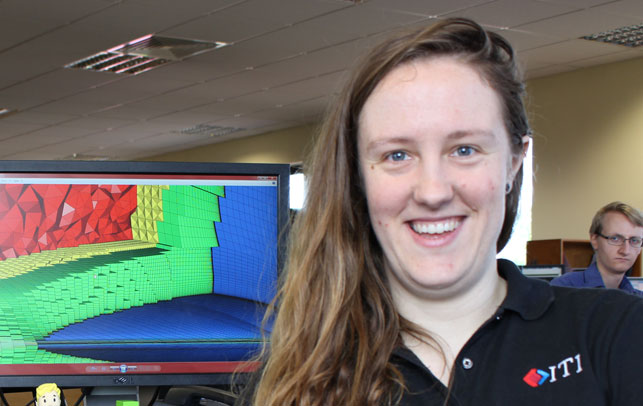
“Code Clubs and the STEM Ambassadors Programme provide effective mentoring and encouragement to young people considering engineering as a career.” – Claire Pollard, software developer, International TechneGroup (ITI)
But it’s not just the variety of engineering roles available; it’s the varied nature of those roles themselves. This is exactly what Claire Pollard enjoys about her role as a software developer at International TechneGroup (ITI), a provider of software solutions for product data and related systems.
“While the majority of our clients are in aerospace, we have customers from a wide range of industrial sectors all with similar issues relating to their use of CAD either directly or as part of a larger preparation task for CAE, CFD or CAM. One day I could be developing automatic midsurfacing code for electronic modelling and strike testing, the next day looking at processing CAD for medical imaging as part of an additive manufacturing project.”

“What I enjoy about my job is that it is incredibly varied, covering both software and hardware. Being part of a collaboration on projects is also really enjoyable.” – Rachel Berry, data centre ecosystem solution architect, NVIDIA
Similarly, Rachel Berry, a data centre ecosystem solution architect at NVIDIA, says, “What I enjoy about my job is that it is incredibly varied, covering both software and hardware. In my position, I have the opportunity to work on projects involving multiple large organisations and implementing significant changes in how those organisations leverage IT. Being part of this kind of collaboration is what I enjoy.”
Problem solving
Of the female engineers we interviewed for this article, other common reasons as to why they enjoy their jobs include the fact that they’re stimulating, rewarding, diverse, exciting and involve creative thinking. But by far the most popular reason is problem solving.

“Nothing gives me a greater buzz than nurturing and coaching talented engineers and business leaders of the future.” – Danella Bagnall, chief product engineer, Jaguar Land Rover
“I love working with my team to solve problems and come up with a win-win solution – there’s always one there,” comments Danella Bagnall, chief product engineer at Jaguar Land Rover, a role that entails leading across functional teams in taking a car from first concepts through to market.
She recently led the team that launched the Evoque Convertible. “The convertible was a natural extension to the range,” says Bagnall. “
However, it was a major engineering project to ensure the body had the torsional rigidity and strength required when the roof was taken off. The doors on the car are also frameless. We used state-of-the-art CAE and developed some new tests for this new body condition. It was great fun and I’m really proud to have been a part of the team.”
Julia Allwright, a mechanical engineering consultant at Team Consulting, a medical device design and development consultancy in Cambridge, says it’s the variation and complexity of technical challenges that she really enjoys about her role as an engineer.
“Looking back, my career path and personal development have always been driven by the day to day challenges and for me personally, medical device development requires the most advanced technical and personal skill set, enabling my involvement across the whole development lifecycle on a number of different devices,” she explains.

“We are very keen to help women, teenagers or younger, explore and understand how exciting a career in engineering can be and we often visit schools and colleges.” – Julia Allwright, mechanical engineering consultant, Team Consulting
However, engineers aren’t just involved in problem solving during the product’s design process but also the way in which these products will be assembled and manufactured too. Rachel Nagy, R&D project manager at medical device manufacturer Owen Mumford, was involved in designing the assembly line for the company’s new autoinjector device.
“One of the most satisfying moments was meeting a very tight deadline to develop an automated gluing machine that could reduce the amount of time it took the glue to cure on these autoinjectors,” says Nagy.
“I was working round the clock with some very talented engineers to overcome technical challenges. It was tough but we did it and ended up literally pulling the machine in with our own hands on the planned completion date. It was a fantastic day.”
Raising the profile
Of course, readers of DEVELOP3D know that engineering is diverse, varied and challenging, but how do we relay that to school-aged girls, to get them interested in it as a career choice? Amaya Munoz, inventor and founder of engineering consultancy INNDE, has an interesting theory.
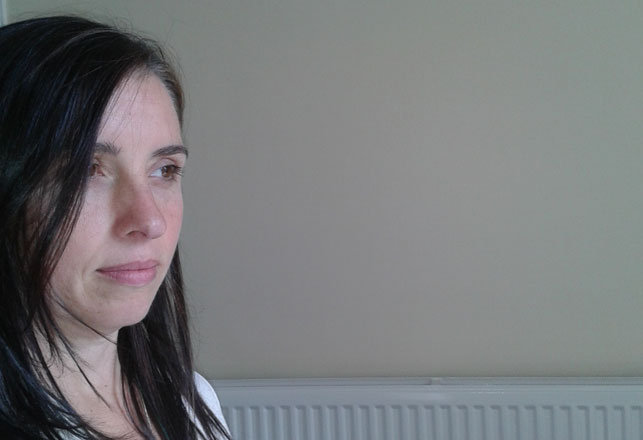
“The reason girls in the UK don’t choose this career may be just in the name. In other languages the word ‘Ingeniero’ or similar does not have the root ‘engine’, but ‘ingenious’, and I think that can have more allure.” – Amaya Munoz, founder of INNDE
“The reason girls in the UK don’t choose this career may be just in the name. In other languages the word ‘Ingeniero’ or similar does not have the root ‘engine’, but ‘ingenious’, and I think that can have more allure. After all, we are trying to talk to teenagers here, and they divide the world between cool and uncool (Parents: uncool. Blue hair: cool).”
However, changing the name might be a bit of an ask but a far more achievable means of attracting girls into the field is through engaging with schools, colleges and universities to showcase the different options available to them. “We have an engineering skills gap in the UK, so we need to continue the great work Jaguar Land Rover is doing with schools, colleges and universities to demystify engineering and show how diverse, exciting and rewarding it is as a career choice,” comments Bagnall.
“Alongside many of my colleagues, I am very active in this space. Nothing gives me a greater buzz than nurturing and coaching talented engineers and business leaders of the future.”
Allwright says Team Consulting also dedicates a lot of time and resources into doing this. “We are very keen to help women, teenagers or younger, explore and understand how exciting a career in engineering can be. We visit schools and universities sharing what engineering jobs are like at Team. We also host work-study students from local schools and colleges. We try and support anyone who shows an interest in engineering.”
In recent years, the teaching of computer programming or coding in schools has really taken off and Allwright says that following its lead, CAD and parametric modelling should similarly be exposed to children. “The approach to building a CAD model is not too dissimilar to writing code, it’s essentially a hierarchical structure of commands controlled and defined by input parameters.
“CAD software has been coded to specifically function following icon and menu bar selections that drive the model construction. A combination of code and CAD (CodeCAD) would somewhat purify the input/output system: set of commands would replace icons (i.e.extrude or cut) and a 3D compiler would translate the code into a 3D object for viewing or even 3D printing,” explains Allwright.
“A child-friendly coding software available to sixth form students or younger: to plan, design and print a tangible end-product brought about by engineering would be a great way to show what an interesting career engineering can be.”
Role models
But it seems that it’s not just young girls who need to be taught what an exciting and diverse field engineering can be but their parents and, in many instances, their educators too, as Pollard discovered. “I remember distinctly being told at school by a careers advisor that by choosing mathematics at university I would be limited to teaching or financial work and that was all I could do, but that couldn’t be further from the truth!”
“Fostering a gender inclusive learning environment for STEM [Science, Technology, Engineering and Mathematics] would be brilliant. The best way to do this is via things like Code Clubs [after school coding clubs for children aged 9-11] and the STEM Ambassadors Programme which provides effective mentoring and encouragement to young people considering engineering as a career,” adds Pollard.
To spark the realisation in girls that a career in engineering is not just for men, they need to be inspired by women who are actually working in engineering roles. Louise Geekie, project director at Croft Additive Manufacturing, a Cheshire-based company specialising in metal additive manufacturing, spends a significant part of her job involved with young people through special projects and internships. “Ultimately, we need to see more women at all levels of the supply chain, acting as strong positive role models on an equal footing with their male counterparts,” she says.
“When I left school in 1986, it was almost unheard of for a woman to go into a career in engineering. My father, a civil engineer, explained that females were never treated well in the industry and advised for me to avoid this field. Although the industry is taking significant steps to attract more young women, we still have a long way to go.
“One of the key problems that must be tackled is that there are very few female engineers positioned as role models throughout the wider industry. By drawing more attention to the successes of these female professionals and the benefits of studying STEM subjects, we can help encourage more girls to consider engineering as a career,” comments Geekie.
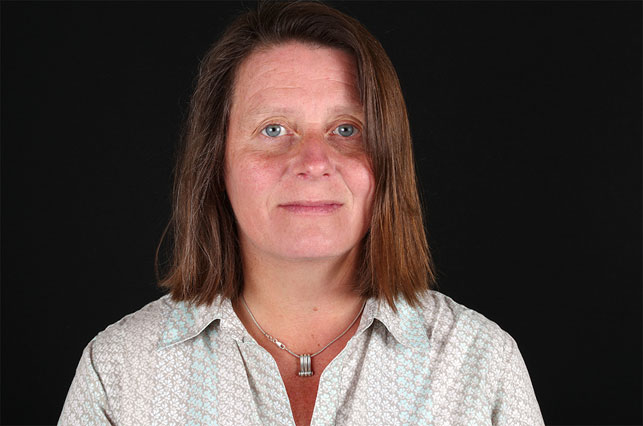
“Ultimately, we need to see more women at all levels of the supply chain, acting as strong positive role models on an equal footing with their male counterparts.” – Louise Geekie, project director, Croft Additive Manufacturing
Unfortunately, the lack of female engineers is not something that can be fixed overnight, so in the meantime, let’s celebrate women in engineering and be a part of changing people’s perceptions.
Step back in time
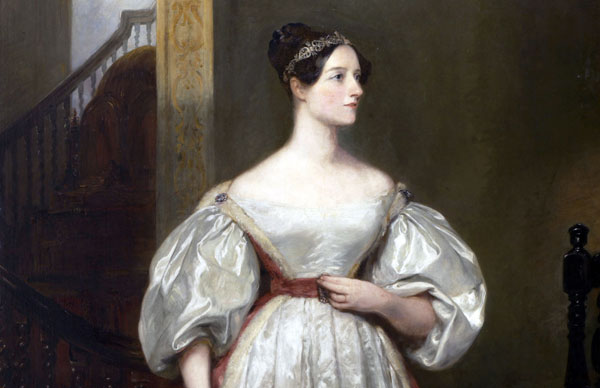
Ada Lovelace
Women working in engineering roles is nothing new. The roots of the Women’s Engineering Society (WES) date back almost 100 years to 1919 when women were almost forced to get a taste of engineering when they had to take over the roles of men who had gone to fight in the First World War. Some of these women really enjoyed this work and felt reluctant to give it up when the troops returned home.
So, a group of influential women decided to promote engineering as a rewarding career for women. There were plenty of established networks supporting technical professionals, but they were largely closed to women. The WES was born.
Thanks to organisations such as WES we have seen some fantastic female engineers in recent times, however despite adversity female engineers have been around long before then. Click here to discover the ‘7 great female engineers that DEVELOP3D thinks you should know’ featuring Hypatia (370 — 415 AD), the Greek mother of mathematics and female founder of engineering, and Ada Lovelace (1815 — 1852), the first computer programmer and arguably the most widely known femal engineer.
A term bandied about a lot – because we need more!
Default






